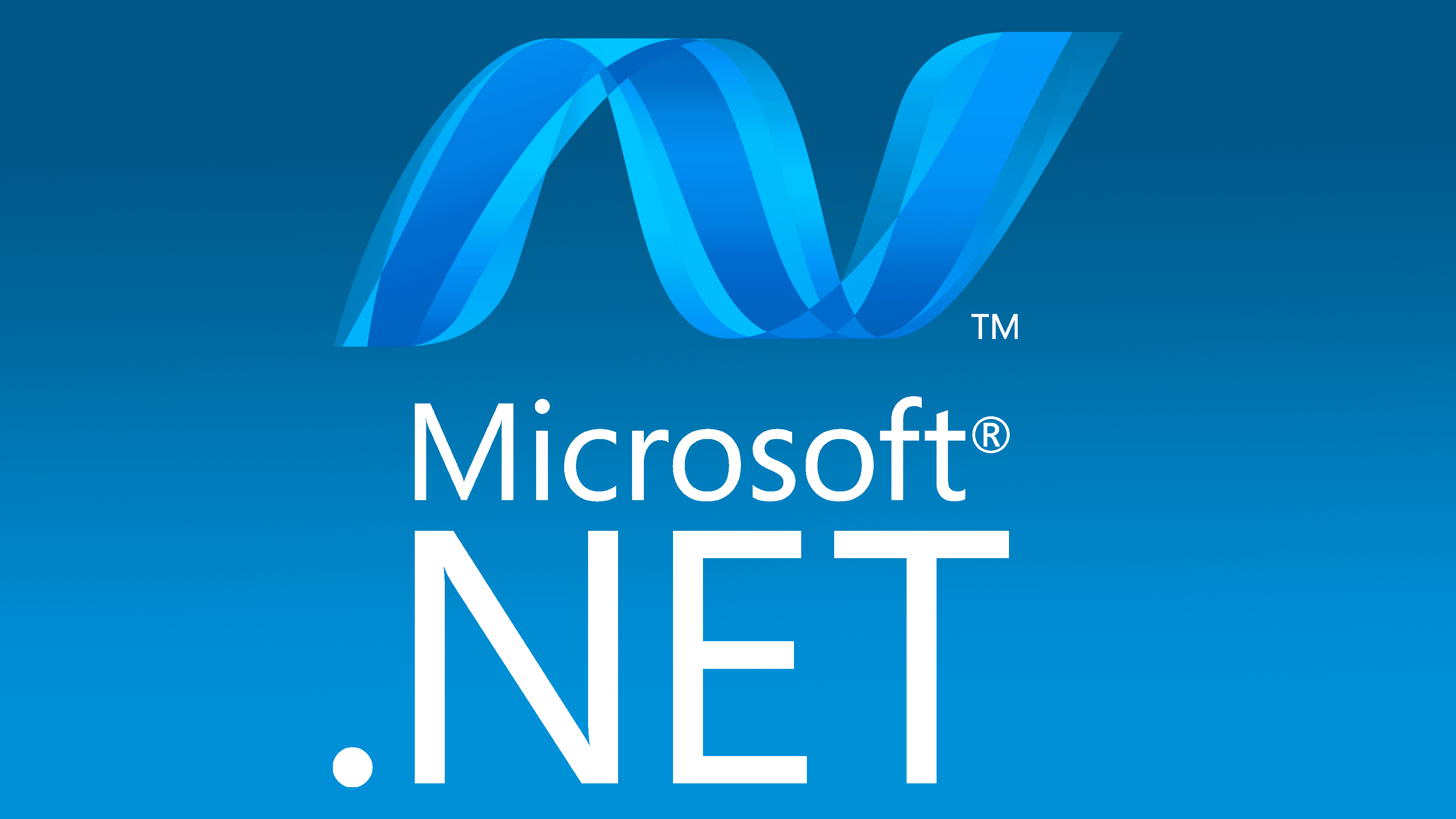Hey there, fellow tech enthusiast! 🤖
Have you ever wondered about the technology behind some of your favorite apps and websites?
Today, we’re going to dive into the fascinating world of the .Net Framework. It’s a platform that has played a massive role in shaping the software development landscape over the past two decades.
So, buckle up and get ready for an exciting journey through the history and evolution of this game-changing technology. 😄
Once upon a time in the late 1990s, Microsoft envisioned a new way to develop software that would make developers’ lives easier and more efficient. Enter the .Net Framework, which was officially announced by Bill Gates in 2000.
Fast forward to 2002, and the first version of the .Net Framework (1.0) was born. 🎂 Since then, it’s been evolving and adapting to the ever-changing world of software development.
But that’s just the tip of the iceberg!
Let’s get started! 🚀😃
Table of Contents
- What is .Net Framework?
- Why .Net is important?
- The Birth of .Net Framework
- Evolution of .Net Framework
- The Emergence of .Net Core and .Net 5/6
- Legacy of .Net Framework
- Summary
What is .Net Framework?
It’s a software development platform developed by Microsoft.
Think of it as a toolbox 🧰 that programmers use to create all sorts of applications, like desktop apps, web apps, mobile apps, and even games! 🎮
Why .Net is important?
Well, the .Net Framework has been around for quite a while (since 2002), and it’s played a massive role in shaping the software development world.
According to a Stack Overflow survey in 2020, 35.9% of developers use .Net or .Net Core for their projects. That’s a big chunk of developers, right? 🤓
The Birth of .Net Framework
Microsoft’s primary motivation was to address the challenges that developers faced at the time, like the need for better interoperability between languages and more efficient code reuse. They also aimed to make software development faster and more reliable. 💡
In 2002, Microsoft released the first version of the .Net Framework (1.0). It was a game-changer! 🎉 Some of the key features and improvements included:
- A brand-new programming language called C# (C-sharp), designed to be modern, object-oriented, and super easy to learn.
- The Common Language Runtime (CLR), which allowed code written in different programming languages to work together seamlessly. 🤝
- A huge set of class libraries known as the .Net Framework Class Library (FCL) that provided developers with pre-built code for common tasks, making their lives a whole lot easier. 📚
Developers all around the world quickly embraced the .Net Framework, and it soon became one of the most popular platforms for building software.
According to a 2003 survey by Evans Data, about 52% of developers in North America were using .Net within a year of its release! 😮
Evolution of .Net Framework
Evolution of .Net Framework
- .Net Framework 2.0 (2005): This update introduced generics, which allowed developers to write more efficient and reusable code. It also improved security and performance. 🔒
- .Net Framework 3.0 (2006): This version brought us Windows Presentation Foundation (WPF) for creating visually stunning desktop applications, Windows Communication Foundation (WCF) for building service-oriented apps, and Windows Workflow Foundation (WF) for designing workflows in applications. 🌟
- .Net Framework 3.5 (2007): With the introduction of Language Integrated Query (LINQ) and Entity Framework, working with data became much easier and more efficient for developers. 📊
- .Net Framework 4.0 (2010): The Task Parallel Library (TPL) made parallel programming more accessible, while the Dynamic Language Runtime (DLR) added support for dynamic languages, such as IronPython and IronRuby. 🐍💎
- .Net Framework 4.5 (2012): The async/await feature helped developers write more responsive applications, and Windows Store App support made it easier to build apps for the then-new Windows 8 Store. 📱
The role of C# and Visual Basic .Net (VB.Net) in the evolution of .Net Framework 🛠️
C# and VB.Net have been two of the primary programming languages used with the .Net Framework.
As the framework evolved, these languages received new features and improvements to keep up with the latest trends in software development.
For example, the introduction of LINQ made querying data a breeze, while async/await greatly simplified writing asynchronous code. 🌩️
The introduction and impact of other .Net languages (e.g., F#) 🌐
Alongside C# and VB.Net, the .Net Framework supports other programming languages as well. F#,
For example, is a functional programming language that was introduced in 2005. It offers a different approach to software development, making it easier to write complex, data-driven applications.
By supporting multiple languages, the .Net Framework empowers developers to choose the best tools for their specific needs. 🔧
The Emergence of .Net Core and .Net 5/6
Let’s talk about the emergence of .Net Core, .Net 5, and .Net 6, and how they’ve changed the game for developers around the world.
The need for a cross-platform, open-source .Net solution 🌐
As the tech landscape evolved, the need for cross-platform and open-source solutions became more apparent.
Developers wanted to create applications that could run on Windows, macOS, and Linux, and they wanted access to the source code for better collaboration and customization.
So, Microsoft listened and started working on a new project called .Net Core. 💡
Key differences between .Net Core and .Net Framework 🔑
- Cross-platform: Unlike .Net Framework, which mainly targeted Windows, .Net Core was designed to run on Windows, macOS, and Linux. 🖥️
- Open-source: .Net Core’s source code is available on GitHub, making it easier for developers to contribute, collaborate, and customize the platform. 🤝
- Modular: .Net Core has a modular architecture, which allows developers to include only the necessary libraries in their applications, resulting in smaller and faster apps. 🚀
- Performance: .Net Core is known for its improved performance compared to the .Net Framework, thanks to various optimizations and enhancements. ⚡
The unification of .Net Core and .Net Framework with .Net 5 and .Net 6 🤝
In 2020, Microsoft released .Net 5, which aimed to unify .Net Core and the .Net Framework into a single, cohesive platform.
This unification continued with .Net 6, released in 2021.
The goal was to provide a single, modern, and high-performance platform that could be used to build any type of application, whether it’s a web app, mobile app, desktop app, or even a cloud service. ☁️
Legacy of .Net Framework
Let’s discuss about the legacy of the .Net Framework and how it has shaped modern software development, as well as its role in the current .Net ecosystem and its future.
The influence of .Net Framework on modern software development 🌟
The .Net Framework has had a massive impact on the software development world.
It has introduced numerous innovations and streamlined the development process, making it easier for developers to build high-quality, scalable, and secure applications.
For example, the introduction of LINQ has influenced other programming languages to adopt similar features.
The .Net Framework has also been a major player in the growth of web development, with technologies like ASP.Net being widely used to build web applications.
The role of .Net Framework in the current .Net ecosystem 🌐
Even with the introduction of .Net Core and .Net 5/6, the .Net Framework continues to play an important role in the .Net ecosystem.
Many existing applications still rely on the .Net Framework, and Microsoft remains committed to supporting these applications.
Additionally, some specific features are only available in the .Net Framework, making it the go-to choice for certain projects.
The future of .Net Framework and its place alongside .Net Core and .Net 6 🚀
While Microsoft has shifted its focus to the unified .Net platform, they’ve also confirmed that they will continue to support the .Net Framework for the foreseeable future.
This means that developers can continue to maintain and build upon existing .Net Framework applications with confidence.
Summary
the .Net Framework has been a game-changer in the world of software development.
Over the past two decades, it has evolved and adapted to the ever-changing needs of developers and the tech industry, leaving a lasting legacy that has shaped modern software development practices.
From its inception with Bill Gates’ vision to its unification with .Net Core and the introduction of .Net 5/6, the .Net Framework has been at the forefront of numerous technological innovations.
Even as the focus shifts towards the unified .Net platform, the .Net Framework continues to play a crucial role in supporting existing applications and projects.
As we look forward to the future of software development, it’s important to appreciate the impact the .Net Framework has had and how it has set the stage for the next generation of .Net technologies.
The .Net Framework’s story is a testament to the power of innovation and the potential for technology to improve our lives.
So, here’s to the .Net Framework and the exciting developments that lie ahead in the world of software development! 🎉😄
Thank you for reading our blog, we hope you found the information provided helpful and informative. We invite you to follow and share this blog with your colleagues and friends if you found it useful.
Share your thoughts and ideas in the comments below. To get in touch with us, please send an email to dataspaceconsulting@gmail.com or contactus@dataspacein.com.
You can also visit our website – DataspaceAI


